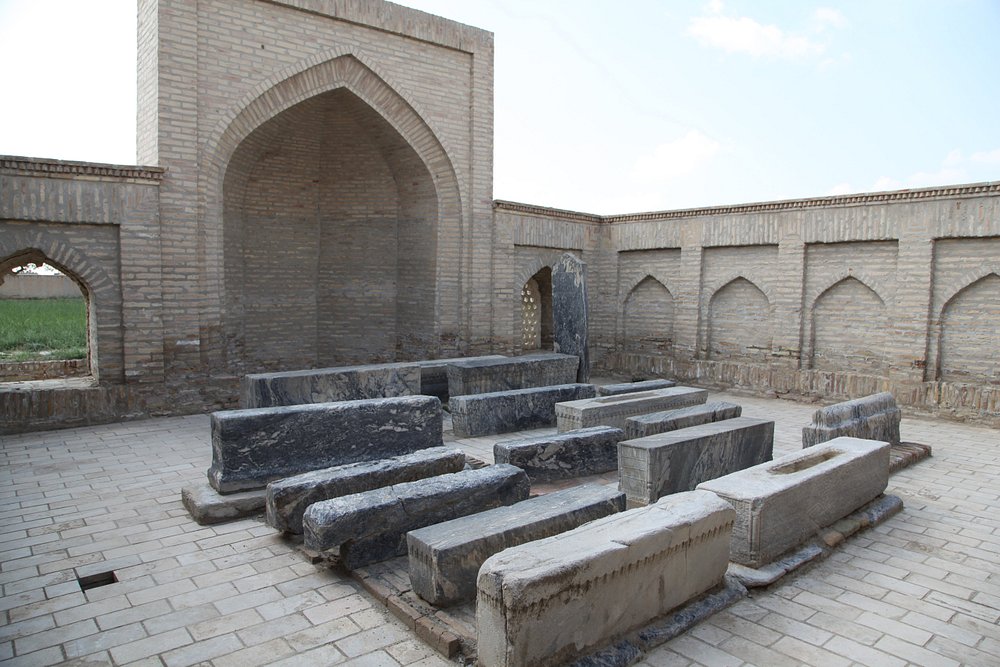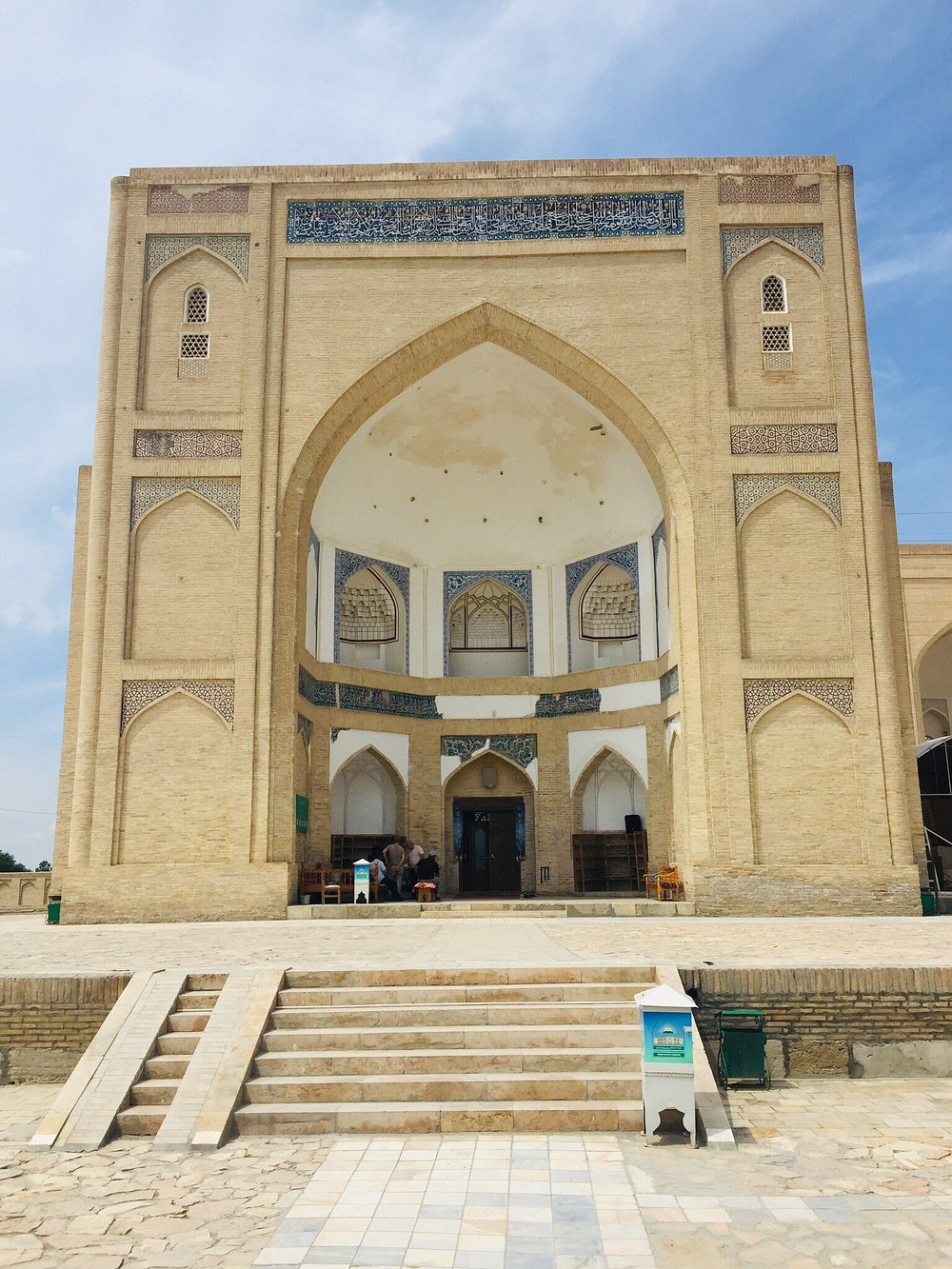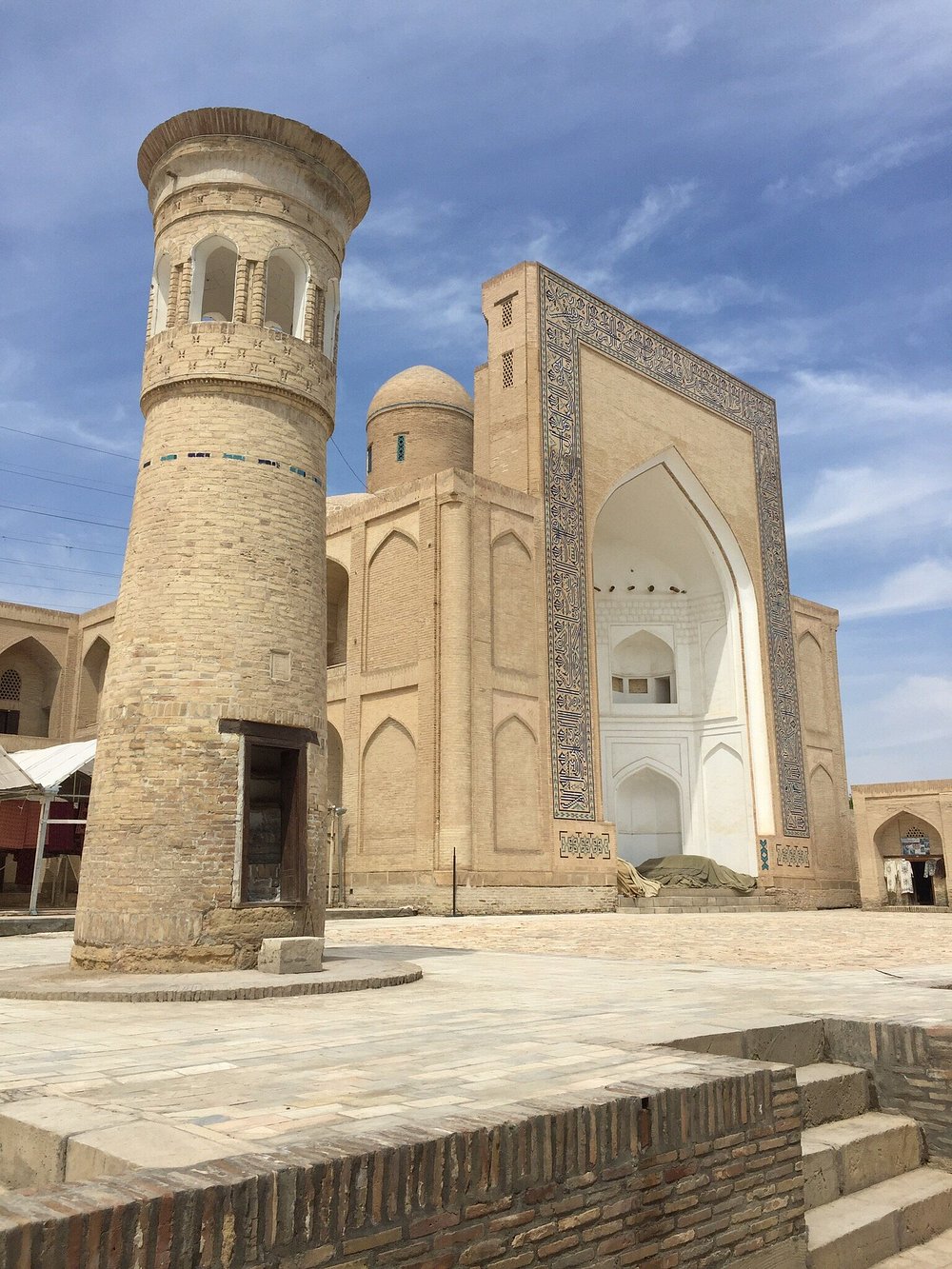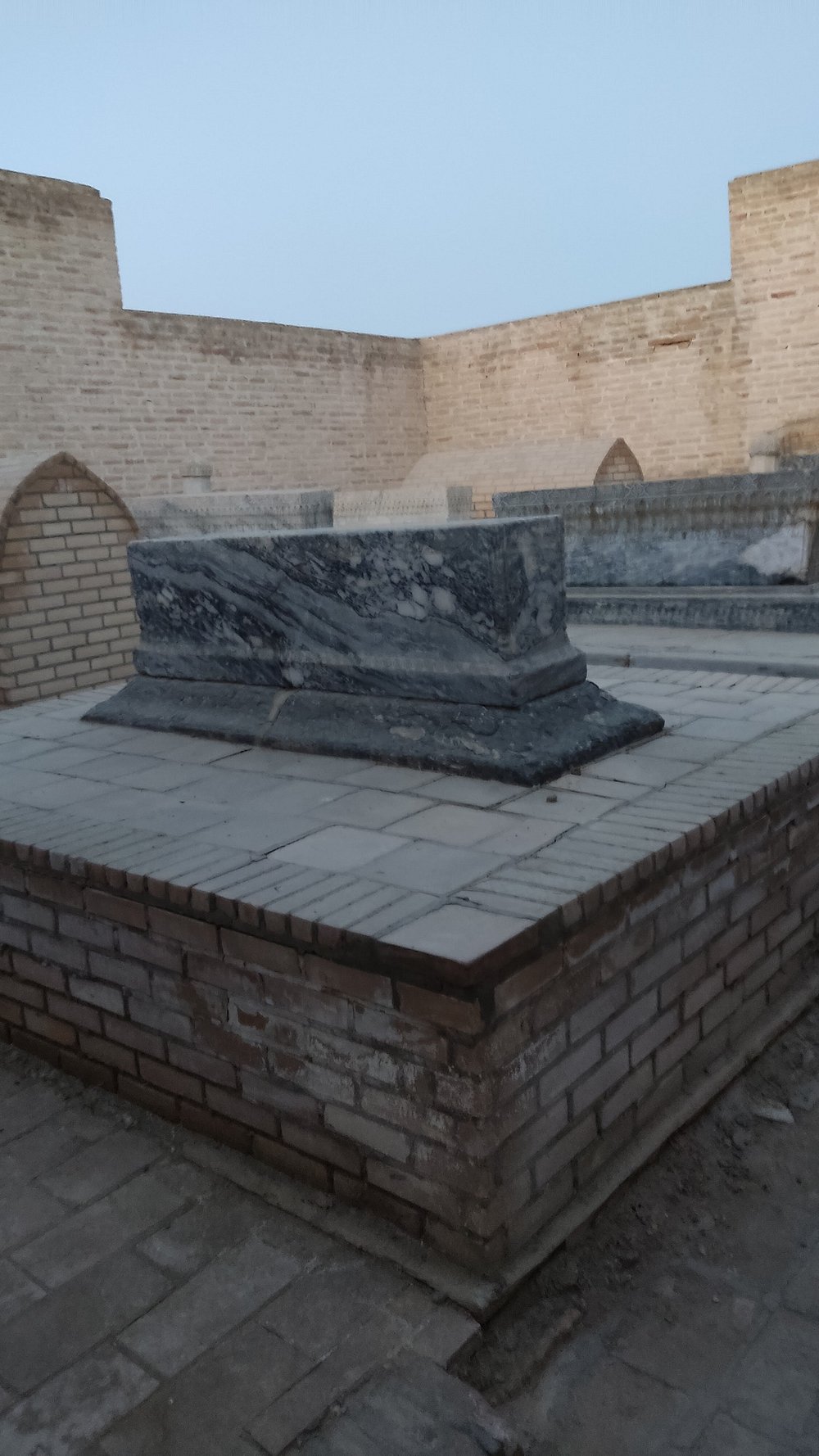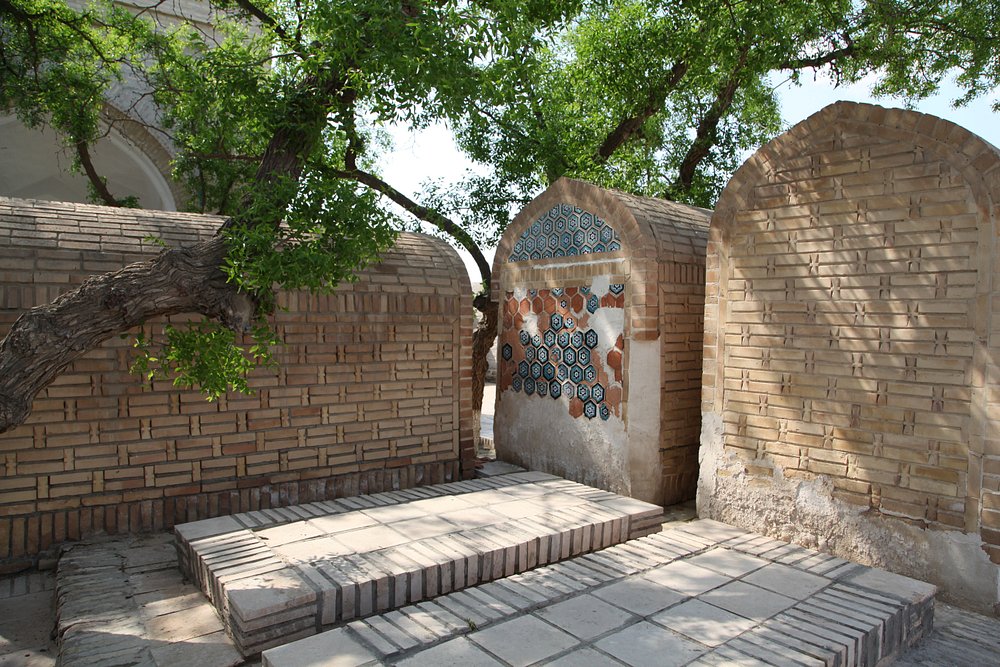Necropolis of Chor-Bakr
In the south-western direction from the city of Bukhara there is a small village called Sumitan. It is known for its amazing Chor-Bakr memorial complex, listed as a UNESCO World Heritage Site. In translation, this name translates as "Four Brothers", but the local population is accustomed to calling it nothing other than "The City of the Dead".
This necropolis appeared at the beginning of the XVI century, and the first burials in this place were made much earlier during the reign of the Samanid dynasty (X century AD). At that time, there was an ancient family of Juybari, which consisted of direct descendants of the Prophet Muhammad. The very first burial site that suggested the idea of creating a mausoleum is the grave of Abu Bakr Saad. He was the founder of this ancient family, which had a great influence on the spiritual and political life of Bukhara for many centuries.
Only a few centuries later, by order of ruler Abdullahan II, construction of a memorial complex began on the site of the grave of Abu Bakr Saad, which was supposed to perpetuate the memory of the Juybari sheikhs. The construction was completed three years later and the first to be buried there was the mentor of the ruler Khoja Muhammad Islam, who also belonged to a noble family. Thirty years later, his son was buried in the same mausoleum, and some time later two more family members: Abu Bakr Fazl and Tojiddin Hassan. All four of the deceased bore the same title "bakr", which means "brother" in translation. That is why the mausoleum was named after Chor-Bakr.
Over time, this necropolis became the ancestral tomb of the Juybar family. The territory of this memorial complex gradually began to be filled with numerous temples and mausoleums. At the end of the 16th century, Abdullahan ordered the construction of a mosque, madrasah and khanaka in the center of this necropolis in honor of respect for the Juybari dynasty. These buildings are located very close to each other, creating a kind of courtyard between them. In general, the architectural structures blend harmoniously into a single ensemble. The facades of the buildings are decorated with arched portals, and the walls are decorated with two-tiered spacious loggias, which were quite unusual for buildings of that time. The small minaret is an almost complete replica of the famous Kalyan minaret, differing from the original only in more modest dimensions.
To the north of the necropolis there is an amazingly beautiful garden called Chor-bog, which is full of horseshoe and ornamental trees, vineyards and roses. A long road with densely planted trees stretches to this garden from Bukhara itself. These ditches were made in such a way that the ruler was constantly in the shade on his way to the necropolis, avoiding the rays of the scorching sun.
Over time, the rules of burial changed slightly, and by the middle of the 19th century, even women from this family began to be buried in this memorial complex. There is also a legend among the local population that any pilgrim can make a wish when visiting this necropolis. If he manages to pray in one day in all four tombs of the saints, then his wish must surely come true.
